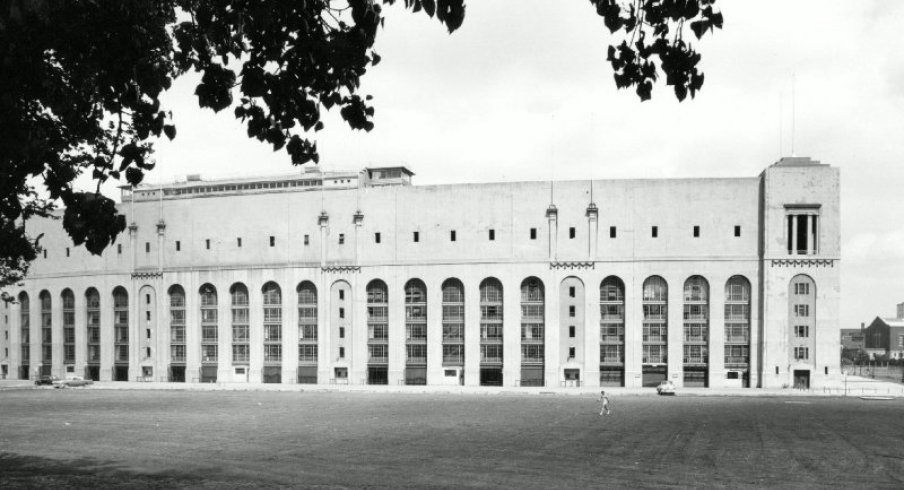THEN
Jean Park, the Ohio State Dean of Men, noticed that Ohio high school students were not attending college in the post-Depression era due to the cost of room and board. He sought out vacant areas on campus to house students at a low cost.
In 1933, 75 men moved into the southwest tower of Ohio Stadium through the Stadium Scholarship Program.
The barrack-style dorms in the southwest tower of the stadium became known as the Tower Club and could sleep 20 men per room. Another location in the basement of Larkins Hall, dubbed Buckeye Club, housed students as well. Housing in the program was set to cost 20 dollars per quarter.
As spaces filled in scholarship housing, more rooms were constructed in the stadium in partnership with Works Progress Administration, an agency under the New Deal which carried out public works projects.

In exchange for discounted housing, the men in the program would spend five to seven hours a week doing all of the chores to upkeep the dormitories, except for cooking which was done by the paid chef. There were also high academic expectations in the program and the students were restricted from sneaking into the football games happening directly below them.

As the program grew, the dorms expanded along the west side of the stadium and named Stadium, Olentangy, Scioto and Ohio Club. The program gained national attention and was visited by First Lady Eleanor Roosevelt as one of the first cooperative scholarship housing options.

The unique living environment resembled basic training in which many residents of the stadium dorms would experience with the outbreak of World War II. The comradery amongst those participating in the program was a pinnacle in their college experience. In the mid-1950’s, upwards of 800 students resided in the six club dormitories.

In 1975, participants in the Stadium Scholarship Program voted to allow women to join the program.
Between the mid-1970’s and 1980’s the scholarship program was expanded and renovated several times. A new dorm within the stadium was built that could house approximately 360 students and housing cost 240 dollars per quarter.
Concerns over deteriorating conditions of the residence halls within the Horseshoe called for a major renovation plan in 1982 that was planned to last until 2028, but threatened to close the stadium dorms.
NOW
In June of 1999, the stadium dorms closed and the 356 residents relocated to Mack Hall. The program was later relocated to Scholars House East and Scholars House West where participants in the scholarship program reside today in a learning community.
The current expectations of the program are that the students maintain a 2.8 GPA and dedicate at least 70 hours to various scholarship program events and requirements. The program prides itself on fostering an environment of leadership and service while providing discounted housing to students demonstrating financial need.
The Stadium Scholarship Program has an active Alumni Society that aims to upkeep the vision and development of the program, and to act as mentors to current participants.


